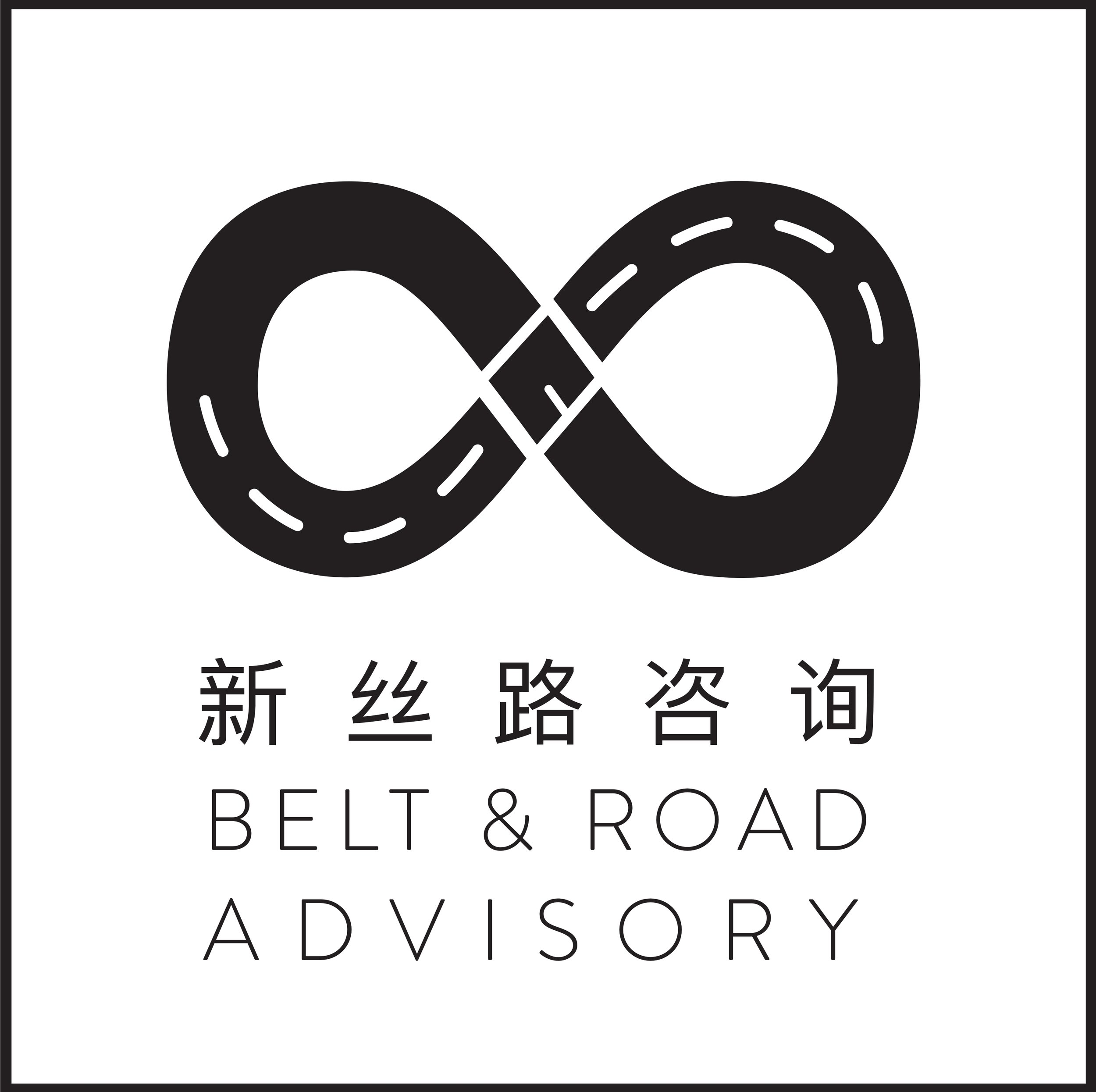China’s Green Infrastructure: Green Inside, not Outside
Since the inauguration of Belt and Road Initiative (BRI) in 2013, the discussion surrounding greening the initiative has moved from the shadows into the spotlight. For China’s internationalizing construction companies, it is now more important to, ex-ante, examine the sustainability of infrastructure projects and their impact on the local environment. This shift has resulted from the Chinese government adopting a more proactive stance on environmental standards; knowing that projects can fail if those standards are not upheld. The acceleration has been particularly pronounced over the three years. President Xi pledged US$2 billion in 2015 in order to promote the UN Sustainable Development Goals and to improve the sustainability of infrastructure development. More recently, Xi called for a ‘Green BRI Investment Strategy’ during the inaugural Belt and Road Forum that was held in Beijing in May 2017. Specific climate measures for such a strategy proposed during the forum include the creation of a data service platform on ecological and environmental protection, as well as the formation of an international coalition for green BRI development.
However, despite these shifts, there remain discrepences in environmental standard frameworks that Chinese companies must abide by when operating at home and abroad.
At home, Chinese policy makers have, in recent years, put significant effort into developing domestic ecological modernization and environmental governance. This includes the continued reform of environmental laws and bodies, the introduction of features such as market-based approaches for solving environmental problems, and the strengthening of integrated policy-making processes that facilitate monitoring and feedback between government, industry, science, and society. It also includes a push for higher, globally recognized, ecological standards in Chinese companies, such as the use of the ISO 14001 certificate that has become commonplace in China. At the same time, regulators have started to clamp down rigorously on breaches of those standards.
Domestically, China has clearly entered a new phase of environmental policy making that prioritises the green economy. However, for Belt and Road projects abroad, coherent environmental frameworks are still lacking. Part of the challenge stems from enforcing regulations; at home Chinese construction firms are closely watched. Abroad, they can get away with more. Given the competitive nature of the construction industry, contracts can become a ‘race to the bottom’ that ultimately foregoes environmental (and social) standards in order to secure a deal. However, the problem is more than just regulation and industry structure.
According to a new paper, while the government talks of improving the sustainability of BRI, in practice, limited is happening on the ground. They note that, “none of the policy documents accompanying China’s Silk Road infrastructure development projects include strategic environmental impact assessments (EIAs)." EIAs are globally recognized as one of the most important tools to mitigate against potential risks; and their exclusion from major BRI documents is a cause for concern.
Neglect of EIAs may not only result in project failure, but tarnish the perception of China in recipient countries. This was the case with the Mytsone dam project in Myanmar undertaken by China Power Investment Corporation (CPIC) in 2009. CPIC neglected environmental regulations, failed to follow protocol and consult the Chinese embassy in Myanmar prior to signing the deal and did not undertake the necessary due-diligence. The dam became the epitome of a backlash towards China in Myanmar. Ultimately, the project had to be cancelled and China-Myanmar economic relations soured afterwards.
While asymmetries in regulations exist, Belt and Road projects overseas will continue to run into problems. Hence, there is a need to ensure Chinese companies are held to the same environmental standards abroad as they are at home. That means ensuring better enforcement of regulations abroad, better coordination between Chinese companies so they avoid a ‘race to the bottom’ and finally EIAs must become a requirement for all BRI projects.
One important institution that could take on a leading role with regard to championing infrastructure sustainability is the Asia Infrastructure and Investment Bank (AIIB). The relatively young institution has already started taking steps towards creating environmental frameworks. While at the same time as being a Chinese invention, the organization has gained international credibility through its robust investment process that aligns with international norms. In that regard, it serves as a bridge through which international best practice can be brought to Chinese companies operating abroad.
Photo Credits: http://internshipschina.com

